Popular games for platform 64DD
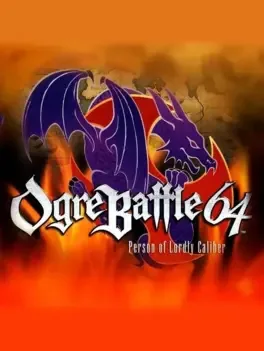
"Ogre Battle 64: Person of Lordly Caliber is a tactical RPG for the Nintendo 64. Featuring a gripping storyline with multiple possible endings, and a genre-defining character class system, this strategic epic has rightly retained its place in the hearts of tactical RPG fans for over a decade. The game tells the story of Magnus Gallant, a recently graduated officer of the Palatinean Army who is assigned to the troubled southern region of his native land. There he witnesses the plight of the lower classes – the victims of a tyrannical ruling elite whose only thought is for the preservation of their own lofty status. With civil war brewing, Magnus is faced with a terrible choice: to betray his own noble origins in the name of liberty, or turn a blind eye to the evils of his rotten society."

The Legend of Zelda: Ocarina of Time is the fifth main installment of The Legend of Zelda series and the first to be released for the Nintendo 64. It was one of the most highly anticipated games of its age, and is listed among the greatest video games ever created by numerous websites and magazines. The gameplay of Ocarina of Time was revolutionary for its time, it has arguably made more of an impact on later games in the series than any of its predecessors even though they had the same cores of exploration, dungeons, puzzles and item usage. Among the gameplay mechanics, one of the most noteworthy is the time-traveling system. The game begins with the player controlling the child Link, but later on an adult Link becomes a playable character as well and each of them has certain unique abilities. Ocarina of Time also introduces the use of music to solve puzzles: as new songs are learned, they can be used to solve puzzles, gain access to new areas and warp to different locations. Dungeon exploration is somewhat more puzzle-oriented than in earlier games but they are not too complex.
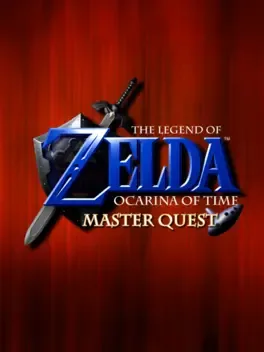
The Legend of Zelda: Ocarina of Time - Master Quest is a reworked version of the original Ocarina of Time for the Nintendo 64. Master Quest contains largely the same content as the original game but with more redesigned and difficult dungeons. Master Quest was available on a special bonus disc that also contained the original Ocarina of Time, it was given out in limited quantities with preorders of The Wind Waker. It was previously developed to be released as an expansion to the original game via the Nintendo 64DD, but that version was cancelled due to the lackluster sales of the hardware.
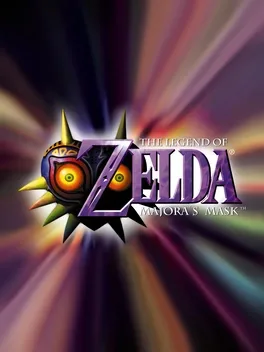
The Legend of Zelda: Majora's Mask is a direct sequel to Ocarina of Time, it utilizes the same engine and visual style as its predecessor. The game retains the traditional elements of Zelda games as well as those introduced in Ocarina of Time, such as active blocking with a shield, various throwing items, and the usage of melodies played on the ocarina to solve puzzles. Compared to the previous Zelda games, this installment is more oriented towards interaction with NPCs and has a larger variety of items, optional quests, and mini-games. It also includes a time system that spans three days, and this cycle must be reset periodically to progress through the game.
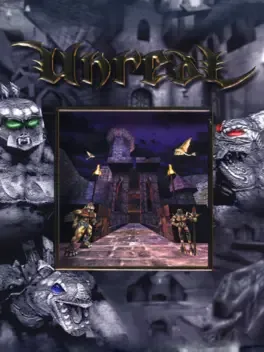
Your prison ship has crash-landed on the fastest, sleekest, most dangerous 3D world ever created. Look around, crystal clear water shimmers, shadows dance and shift, alien architecture fades into the horizon. Discover the secret of this mysterious planet and find out what caused a peaceful race to be enslaved by vicious merciless aggressors.
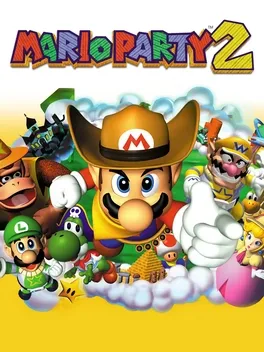
Mario and the gang are back for another round of Bowser-bashin' party action! Watch as your favorite Nintendo characters don different duds for each of the five all-new Adventure Boards! A slew of new tricks and devices bring new levels of challenge and excitement to board game play. New board maps, new Mini-Games, new action and new surprises means a whole new batch of fun! Get ready to unleash your best Hip Drops, hammer swings and high-flying high junks for another round of frenzied multi-player action!
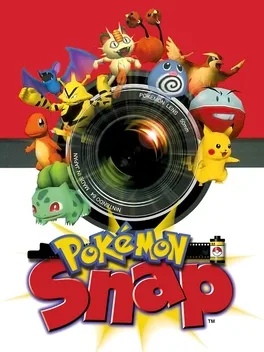
Traverse various areas and take photographs of different types of Pokémon by discovering their secrets. Capture the perfect frame to gain bonus points from Professor Oak in order to unlock helpful items and locate and photograph the elusive Mew, a legendary Pokémon whose existence has never been recorded.
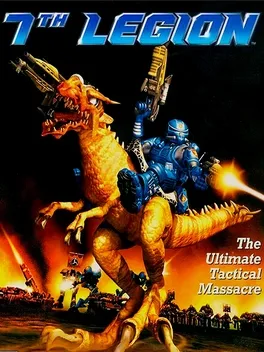
There's no Salvation from this army! Can you survive this furiously fast, kill-for-money, real-time blood-fest? There's nowhere to hide as you smash your opponent in 'to-the-limit' conflict. And, while you've got a few nanoseconds to spare, you've got to build to survive, mechs, tanks, troops, mounted slavens - a host of murderous military units who will hone their killing skills with experience. Just what devastating effect does a 7th legion priest have in battle? what happens when you summon the dark legion? The landscape is isometric and you've got to be ice-cool to survive in the blazing heat of combat. And there's more! Random power ups and a massive selection of battle cards that can turn the tides of war in a flash. But be careful: you don't know what cards your opponent is holding and even when you've got his last trooper cornered he might play the battle card that wipes away your entire force! Salvation? They'll be lucky to find a stone to crawl under!
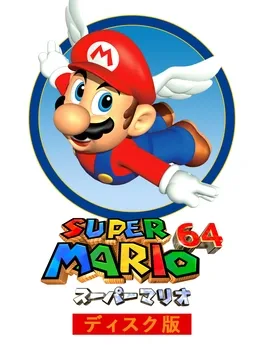
Super Mario 64 Disk Version is a prototype disk that was created for display at Nintendo’s Shoshinkai show in 1996, to help promote the 64DD add-on, but never received a general release. The game itself is only slightly different to the cartridge version that had been released in Japan some months prior, with an altered castle theme, the omission of the famous 3D Mario head and a couple of game-breaking bugs in Tiny Huge Land.
Oriental Blue is a cancelled RPG in the Far East of Eden (Tengai Makyō) series that was in development by Hudson and Red Entertainment for Nintendo 64DD in late ‘90. A few years later, in an interview published on the japanese Nintendo website, Kaori Shirozu (director and designer at Hudson at the time) explained that the project was resurrected and re-developed as a GBA game and finally released in 2003 as Oriental Blue: Ao no Tengai.
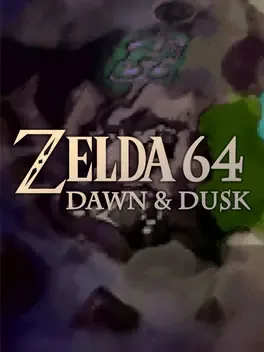
Dawn & Dusk is a fanmade Nintendo 64DD expansion disk for The Legend of Zelda: Ocarina of Time.
Yousuke Ide's Mah-jongg School is a cancelled game for the Nintendo 64DD.
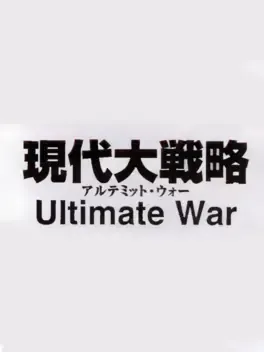
Revealed at Space World 1999, it was being developed as a turn-based strategy game, very similar to Nintendo's Wars series, but with a realistic setting. This game would have supported 4-player online battles using the Disk Drive's Randnet service. The game was delayed multiple times and eventually changed format to a cartridge. The change in format led to the removal of the online mode, and ultimately, Ultimate War was cancelled altogether.
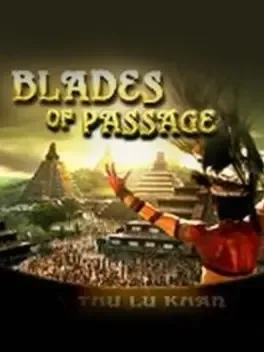
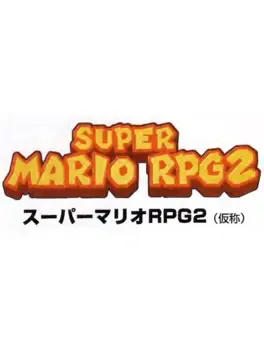
A sequel to Super Mario RPG: Legend of the Seven Stars, otherwise known as Mario RPG 2 and Mario RPG 64 while in development. Due to complications involving Square, it was reworked into Paper Mario and was released as a standard Nintendo 64 title.
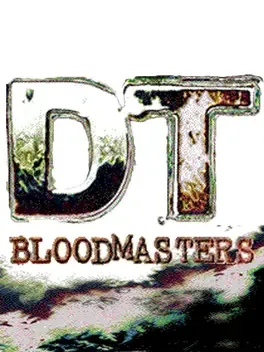
We don't have much information on DT 64 (also known as “Bloodmaster”): the game was supposed to be an Card RPG with an interesting connection-mode between the 64DD and the Game Boy. The game was in development by Marigul and Media Factory and probably it would have been published by Nintendo. The player had to collect a series of cards to use them in combat as in Magic The Gatering. DT 64 was shown at the Space World 1999 in a non-playable form: there was just a logo and some text , with the GameBoy Link Cable, that would have been used to connect the two Nintendo consoles. The GameBoy could have been used as a controller for the 64DD game, to check the card statistics and share data with a presumed Bloodmaster GB version. The two games, one for the 64DD and one for the GB, would had exchanged data to integrate parts of the story and unlock new levels / cards. Players would have been able to play online with the 64DD Randnet Network, to trade cards and complete their collection. In a scan from a Japanese magazine, we can read: “A controller with a brain.” Even if the translation is not accurate because an ideogram is hide by the reflection of the light, making it unrecognizable, the concept is certainly intriguing. Sadly DT64 was cancelled and it vanished without any more screens or info.
Super Mario 64 2 was the tentative title for a Mario game in development that served as the direct sequel to Super Mario 64, intended for release in 1999. It was going to be for the Nintendo 64DD, but was canceled early in production due to lack of progress and the commercial failure of the 64DD add-on. Only one demo level was ever made but was never publicly revealed. It is also possible that Super Mario Sunshine, Super Mario Galaxy, or Super Mario Galaxy 2 could have elements salvaged from the development of Super Mario 64 2, according to Nintendo during an E3 event. Luigi was also set to appear in this game, as was a rideable Yoshi. It can be assumed that Luigi would have been playable, as Shigeru Miyamoto had planned to make Super Mario 64 2 multiplayer – in fact, the first playable demo level was multiplayer.
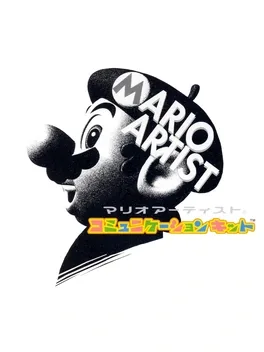
Mario Artist: Communication Kit serves as an add-on and accessory to the other Mario Artist games. It allowed players to connect to the Internet via RandNetDD and show off their creations to other players. While connected, players can use their characters to explore a virtual 3D community. There is also exclusive content on the disk that can be imported to the other Mario Artist titles.
A game called Ultra Donkey Kong for 64DD was sometimes referred in old gaming magazines, which is thought to be an early version of Donkey Kong 64. Recent investigations debunked the theory of it being Donkey Kong 64, but it is still unknown the reason for this game being mentioned.
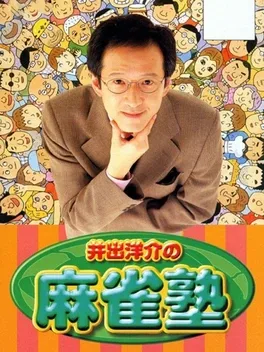
Ide Yousuke no Mahjong Juku is a Miscellaneous game, developed and published by Seta Corporation, which was released in Japan in 2000.
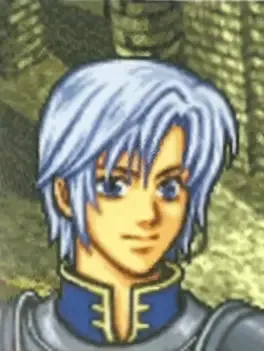
In 1997, Shigeru Miyamoto confirmed in an interview that a new Fire Emblem game was in development for the Nintendo 64. The game was cancelled in 2000 with no screenshots or details provided. It is widely believed that the game was retooled as Fire Emblem: The Binding Blade on the Game Boy Advance.